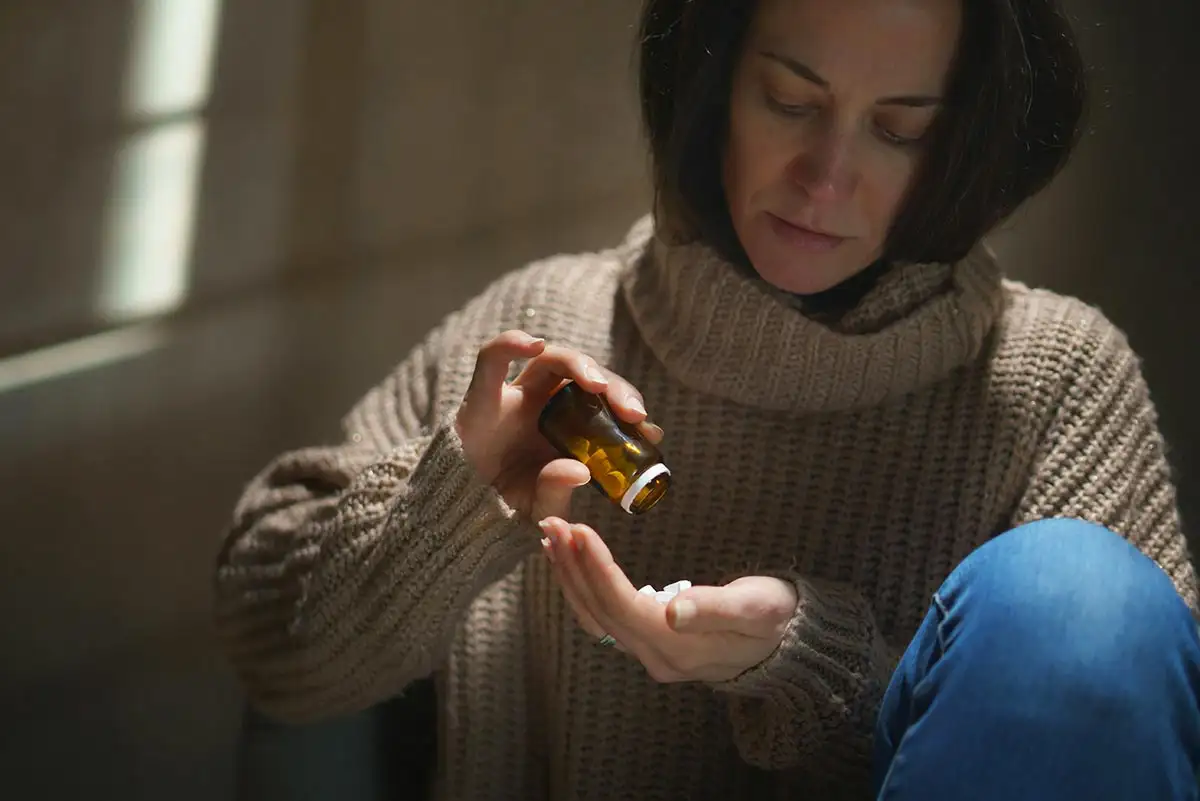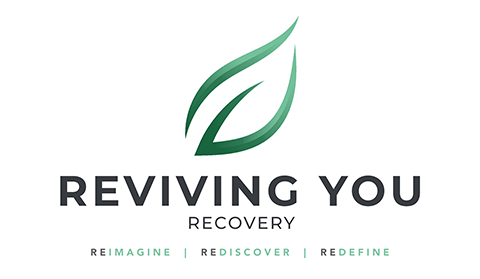Current National Alcohol and Drug Use Trends

Most Americans are aware that the United States is in the middle of a substance abuse crisis. The 2023 Substance Abuse and Mental Health Administration (SAMHSA) releases an annual report, detailing the state of the United States in terms of substance use, abuse, and mental health. In 2023, that National Survey on Drug Use and Health (NSDUH) shares that we are using drugs and alcohol more than ever. However, with 48.5 million Americans struggling with a substance use disorder (down from 48.7 million in 2022) there is hope that the substance use disorder crisis in the nation is leveling out.
In this article, we’ll cover key trends for drug and alcohol use across the United States with insights into addiction or substance use disorder, prescription drugs, and recovery.
Substance Use
Substance use is defined as using a substance for recreation. For this reason, individuals with prescriptions for drugs, using those prescriptions as intended, are not included in this data.
Alcohol Use
Alcohol remains the most used intoxicant in the United States with an estimated 47.5% of adults aged 18 and older drinking alcohol. This is normal usage and aligns with patterns over the last decade. 21.7% of the total population engages in binge drinking. Of these, individuals aged 18-25 or “young adults” engage in binge drinking the most, with 28.7% of all 18–25-year-olds engaging in binge drinking. Still, more adults aged 26+ drink, with 51.9% versus 49.6% of young adults and 6.9% of adolescents (aged 12-17). Underage drinking is on a slight decline from 2022. However, it poses significant risks in the form of increased risk of substance use disorder, cognitive impairments, and development disorders. In addition, with 14.6% of all underage persons in the United States (under 21) drinking alcohol,
Young adults are also most likely to engage in heavy alcohol use, with 6.9% doing so, versus 5.8% of the total population.
Alcohol is normalized in the United States, but it leads to health problems including liver disease, cardiovascular disease, and addiction. In addition, in 2023, alcohol resulted in over 178,000 deaths. It also contributes to 7.1% of all emergency department visits. And, when used with other substances, it can increase risks of overdose, and contributed to an estimated 17.4% of all opioid overdose deaths.
Drug Use
This section covers national trends in drug misuse including illicit drugs, prescription drugs, and drugs which might be legal in some areas such as marijuana.
24.9% of the population, or 70.5 million Americans, use illicit drugs.
- 21.8% of the population or 61.8 million Americans use marijuana (highest young adults)
- 1.8% or 5 million people use cocaine
- 0.2% or 660,000 use heroin
- 0.9% or 2.6 million people use heroin
- 3.1% or 8.8 million use hallucinogens (LSD, PCP, mescaline, etc.)
- 0.9% or 2.6 million people use inhalants (nitrites, paint thinners, etc.)
- 1.4% or 3.9 million people misused prescription stimulants (amphetamine, weight loss drugs, etc.)
- 0.3% or 828,000 people use fentanyl
- 1.7% or 4.7 million people misuse prescription tranquilizers and sedatives (benzodiazepines, zolpidem, muscle relaxers, triazolam, barbiturates, etc.)
- 3% or 8.8 million people misuse prescription painkillers, with hydrocodone, oxycodone, codeine, and tramadol accounting for most painkiller misuse.
Get Your Questions Answered Now
Opioid Crisis
The opioid crisis remains a critical issue in the United States, with an estimated 8.9 million adults using opioid drugs. This includes prescription painkillers like fentanyl as well as street drugs like heroin. In addition, individuals often start on prescription painkillers like oxycodone and transition to synthetic opioids like fentanyl, which leads to a higher risk of overdose and death. The National Survey on Drug Use and Health shows reasons for misusing prescription opioids as:
- 70.9% to relieve physical pain
- 8.1% to feel good
- 7.6% to relax or de-stress
- 3.7% to sleep
- 3.1% to relieve emotions
- 2.3% to see what the drug was like
- 2.1% because of cravings
- 0.7% to add to the effects of other drugs

Often, misused prescription drugs are gotten from a prescription, but most are from a relative or friend – with many taking drugs without asking. Opioid misuse is also the only category where adults aged 26 and up are the highest users, with 3.3% using opioids versus 2.5% of young adults and 2.2 percent of adolescents. Prescription pain relievers are still the most commonly mis-used opioid.
Age and Gender Differences
Persons aged 18-25 or “young adults” are more likely to use drugs and alcohol than any other age group. Young adults report higher rates of substance abuse and binging than adults, except in the category of opioid abuse.
Men are also more likely to engage in heavy drug and alcohol use and therefore to experience addiction. However, men and women experience addiction at similar rates, especially with prescription drugs and alcohol.
Geographic Disparities
Location and population density play a major role in how drug and alcohol use affect individuals. For example, rural areas face challenges relating to inaccessible treatment, poor public resources, and boredom. On the other hand, urban areas experience higher rates of drug-related problems and overdose deaths linked to poverty and crime.
Substance Use Disorder
Today, an estimated 48.5 million Americans have a substance use disorder. Of these, 28.9 million have an alcohol use disorder and 27.2 million have a drug use disorder, while about 7.5 million have both a drug use and an alcohol use disorder.
Substance use disorder is characterized by the individual being unable to control use, unable to cut down or quit, and where the drugs have significant impacts on health, social life, finances, and occupation. The DSM5 uses 11 criteria to diagnose addictions.
These are collectively referred to as a substance use disorder.
- Alcohol – 28.9 million
- Marijuana – 19.2 million
- Opioid use disorder (including heroin and pain relievers) – 5.7 million
- Pain reliever – 5.3 million
- Methamphetamine – 1.8 million
- Stimulant – 1.7 million
- Cocaine – 1.3 million
- Heroin – 587,000
Recovery and Treatment
In 2023, 19.1% of the American population or 54.2 million Americans needed substance use treatment or “rehab”. Of those, 4.5% or 12.8 million people received substance abuse treatment, 9.8 million of which went to outpatient treatment. 5.7 million of those were receiving follow-up treatment from a prior addiction and did not qualify as having a substance use disorder at the time of treatment. This means that just over 13% of Americans who need substance abuse treatment receive it, despite access to outpatient and low-cost programs. Young adults, who are most vulnerable to substance abuse and to substance abuse disorders, were also the least likely to get treatment. That likely relates to barriers including finances, awareness of treatment options, and stigma.
Conclusion
Drug and alcohol use in the United States remains a major health and mental health problem, will 54.5 million Americans struggling with a substance use disorder. Even heavy drug and alcohol use heavily affect mental and physical health, leading to decreased quality of life, hospital visits, and decreased mental health. At the same time, normalization of substance abuse, early initiation into use and binging both drugs and alcohol, and widespread prevalence of both mean that in many communities, heavy substance abuse is normalized and not seen as a problem needing treatment. Breaking those norms and working towards early treatment for binging, making substance abuse treatment more accessible, and lowering boundaries to education and safe usage of substances may help with those problems.
We Accept Most Insurances
We are in network with:









We know insurance coverage can be a source of uncertainty for people. We make sure you have all the information necessary. The great news is health insurance can potentially cover the total treatment costs. If you don't have insurance, we offer cash payment options for our treatment programs and are committed to working with clients regardless of financial situations.
